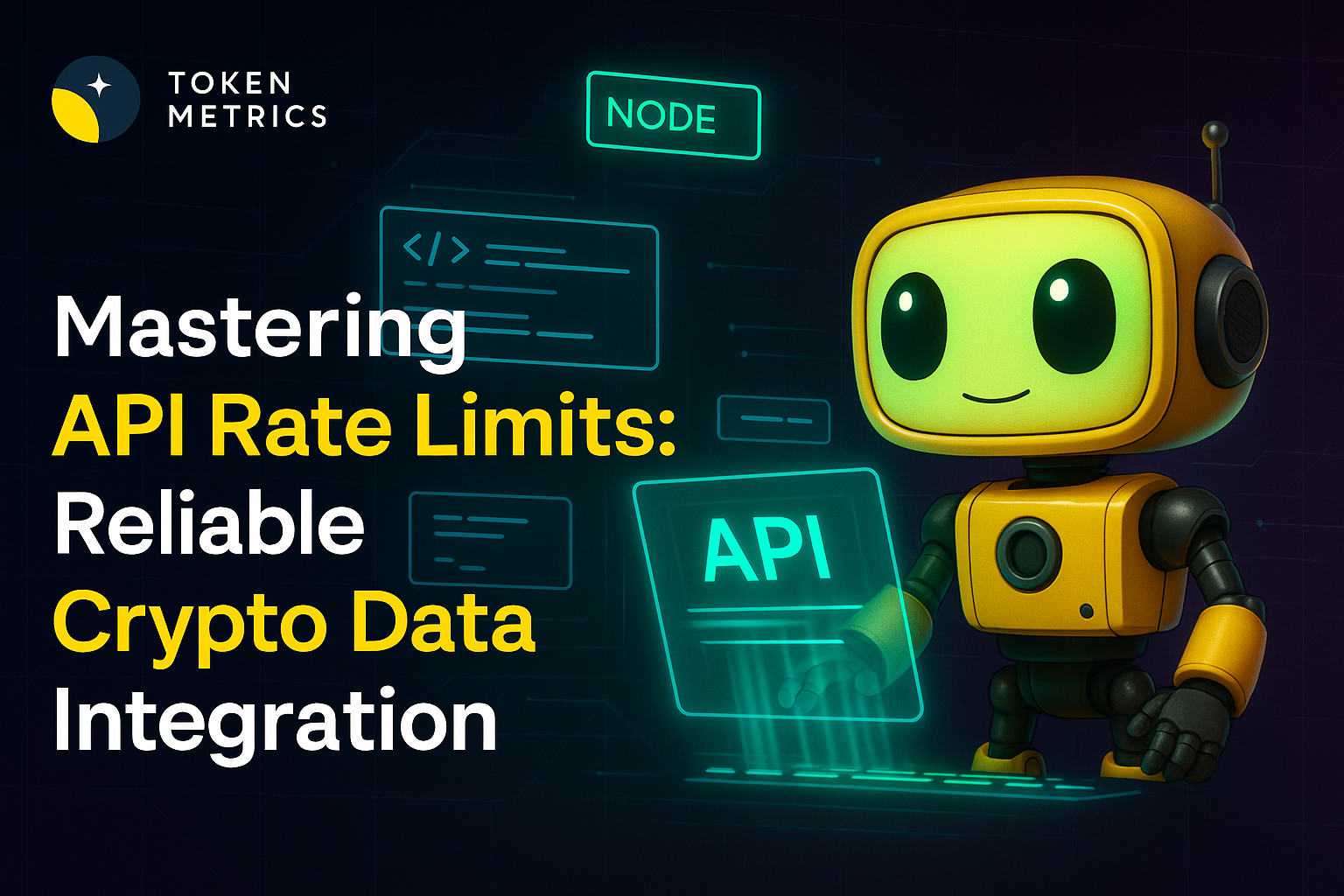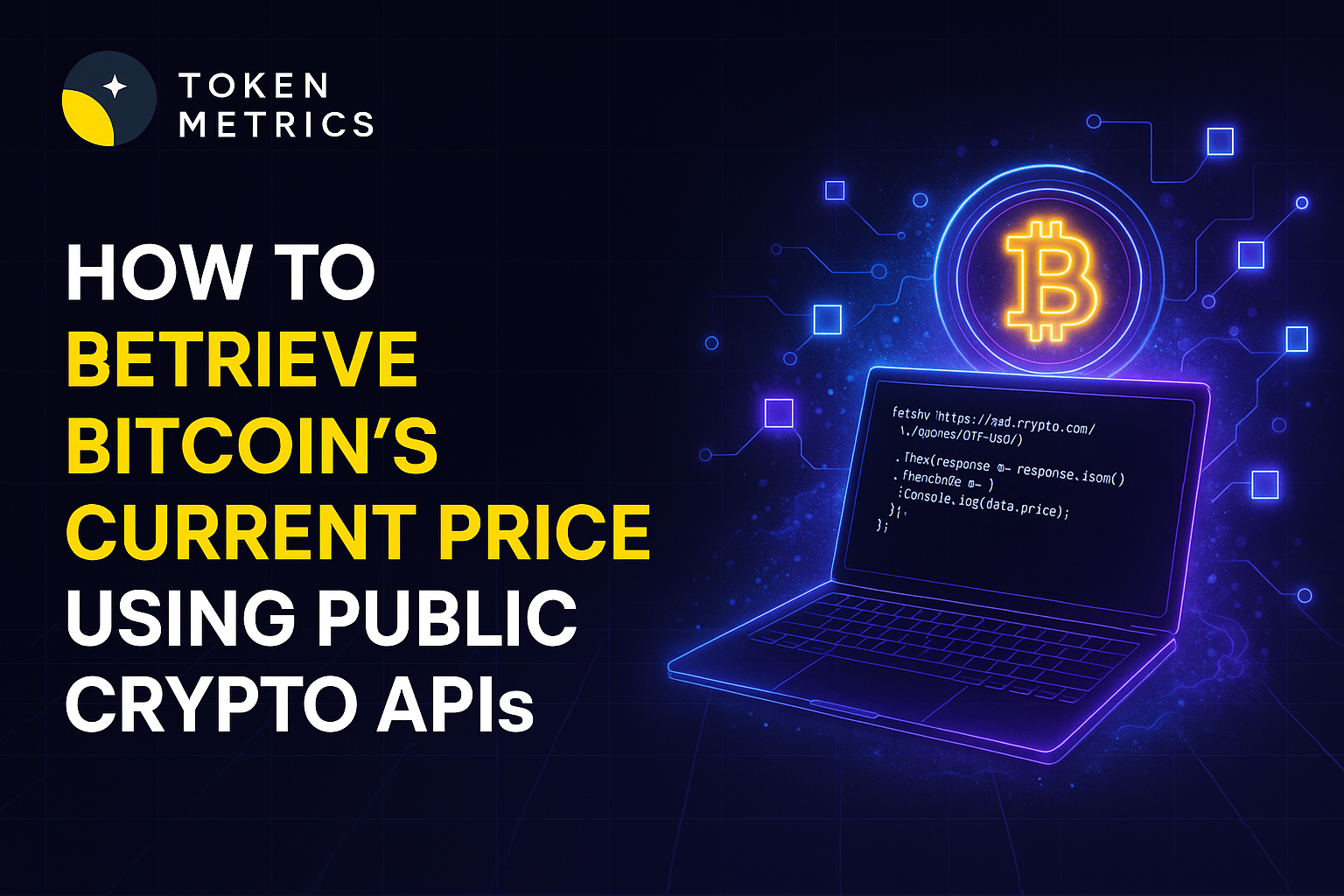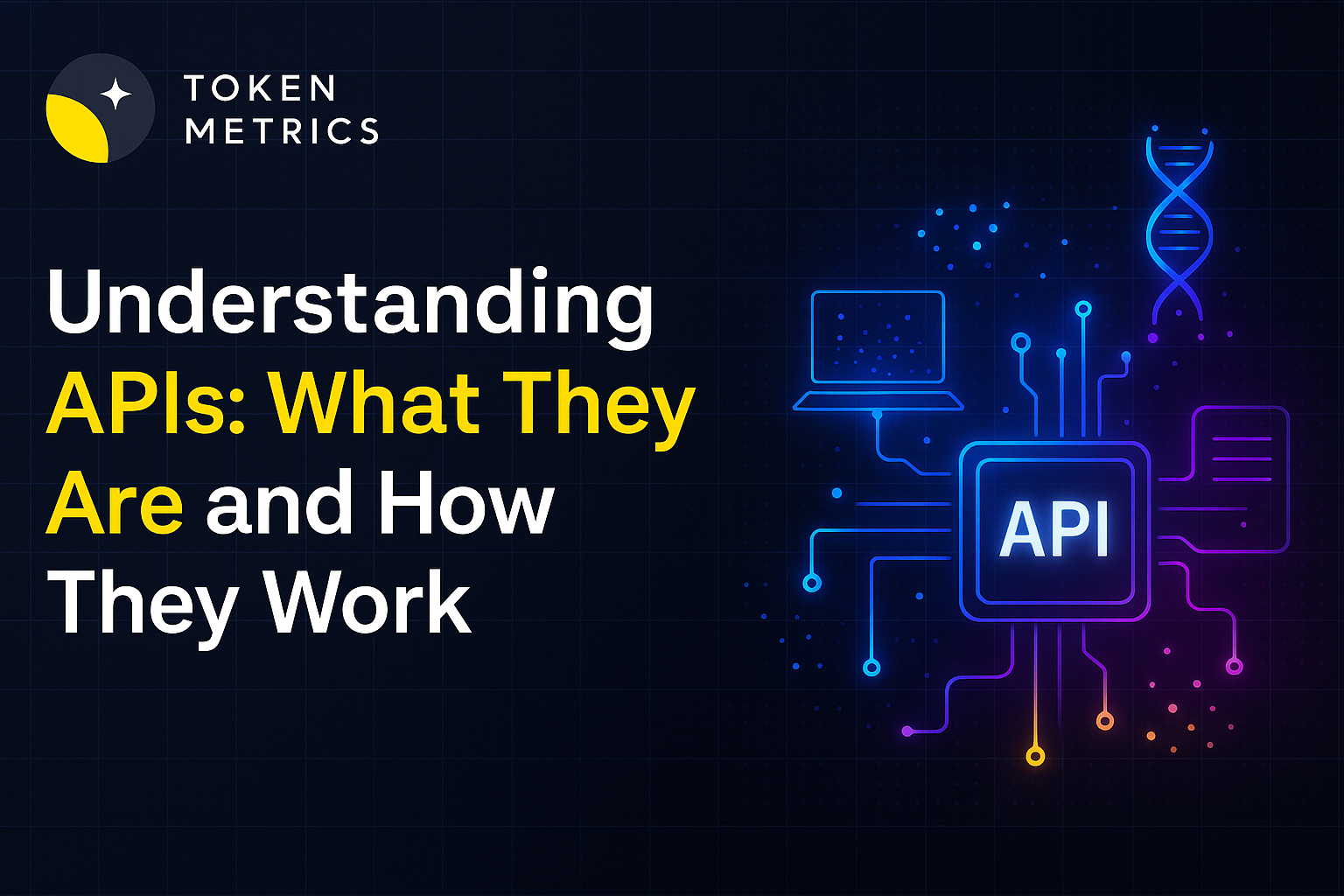Mastering Crypto Trading Bots: DCA, Grid, Arbitrage Strategies Explained

Crypto trading bots have transformed how traders and analysts approach the fast-moving digital assets market. With a variety of automated strategies—like Dollar Cost Averaging (DCA), grid trading, and arbitrage—these bots help users implement consistent, rules-based tactics around the clock. But understanding how each strategy works, their strengths and limitations, and the technology that powers them is crucial for anyone looking to utilize automation in crypto trading.
What Are Crypto Trading Bots?
Crypto trading bots are software programs designed to automate trading decisions based on predefined criteria and algorithms. These tools connect to crypto exchanges via API, executing trades according to parameters set by the user or the strategy's logic. The goal isn’t to guarantee profit, but to implement systematic, emotion-free trading practices at speed and scale impossible for humans alone.
Common features among top crypto trading bots include:
- Backtesting: Testing strategies against historical market data.
- Multi-exchange support: Managing orders across several platforms simultaneously.
- Customization: Adjusting trading frequency, risk management, and strategy rules.
- Real-time analytics: Providing insights on bot performance and market trends.
With AI and advanced analytics, bots now utilize sophisticated signals—from price action to on-chain data—to further enhance decision-making.
Exploring Dollar Cost Averaging (DCA) Bots
Dollar Cost Averaging (DCA) is a foundational investing concept, and DCA bots automate its application in the crypto markets. The DCA strategy involves purchasing a set amount of cryptocurrency at regular intervals, irrespective of price fluctuations. This method reduces exposure to volatility and removes the need to time market tops or bottoms.
A DCA bot performs these actions by connecting to your chosen crypto exchange and placing periodic orders automatically. Customizable options include:
- Frequency (e.g., daily, weekly, monthly)
- Order size and asset choice
- Advanced features: stop-loss, take-profit settings, or integration with technical indicators
Scenario analysis: For long-term market participants, DCA bots can smooth out entry prices during periods of high volatility, especially in trending or sideways markets. However, DCA does not prevent losses in downtrending markets and might not be optimal for short-term speculation.
Many platforms offer DCA bots, and some combine DCA with AI-driven market indicators, offering more nuanced deployment. Tools like Token Metrics provide research that can help users evaluate when and how to use DCA strategies alongside their risk management framework.
How Grid Trading Bots Work
Grid trading bots are designed to profit from price oscillations within a defined range by placing a series of buy and sell orders at predetermined intervals (the "grid"). As the market moves, the bot buys low and sells high within this corridor, striving to capture profits from repeated fluctuations.
Key components of a grid trading bot:
- Selection of price range and grid step size
- Automated placement of buy orders below the current market price and sell orders above
- Dynamic grid adjustment (optional in advanced bots) in response to significant volatility or trend shifts
Grid trading is best suited for markets with horizontal price movement or mild volatility. It may underperform during strong trends (up or down) as the price moves outside the set grid.
To optimize grid performance, traders often analyze historical price ranges, volatility indices, and liquidity metrics—processes where AI tools and platforms like Token Metrics can provide data-driven insights to fine-tune grid parameters.
Understanding Arbitrage Bots in Crypto
Arbitrage is the practice of exploiting price differences of the same asset across different exchanges or markets. Arbitrage bots automate the process, rapidly identifying and capitalizing on even small price discrepancies before the market corrects itself.
There are several types of crypto arbitrage:
- Spatial Arbitrage: Buying on one exchange and selling on another.
- Triangular Arbitrage: Trading between three assets/exchanges to capture pricing inefficiencies.
- DeFi Arbitrage: Leveraging decentralized exchanges, liquidity pools, or lending platforms for profit opportunities.
Arbitrage bots require:
- Low latency and rapid execution
- Reliable API integrations with multiple exchanges
- Fee and slippage calculation to prevent unprofitable trades
While arbitrage opportunities exist in crypto due to market fragmentation and varying liquidity, increased competition and improved exchange efficiency have narrowed average profit margins. Bots are now often paired with on-chain analytics or machine learning models to anticipate emerging inefficiencies.
Selecting and Optimizing Crypto Trading Bot Strategies
Not all strategies suit all market conditions. Choosing and optimizing a crypto trading bot strategy involves:
- Market context: Are market conditions trending, sideways, or highly volatile?
- Risk profile: What level of drawdown, maximum investment, and potential trade frequency is acceptable?
- Backtesting & simulation: Most platforms allow testing strategies on historical data or with paper trading, supporting more informed choices.
Advanced users often create hybrid strategies—such as combining DCA for accumulation with a grid bot for ranging periods, or adding arbitrage layers where price disparities appear. AI-based research solutions can help proactively monitor correlations, identify volatility shifts, and surface emerging patterns, providing analytical depth to trading bot strategy selection.
Before using any trading bot or automated strategy, it is essential to understand the underlying logic, risk controls, and limitations. Start with small amounts, test thoroughly, and review available documentation and analytics from trusted platforms.
Enhance Your Trading with Token Metrics
Token Metrics offers real-time prices, trading signals, and on-chain insights to help you make informed decisions. Start Trading Smarter Today
FAQ: Crypto Trading Bots, DCA, Grid & Arbitrage
What types of assets can crypto trading bots handle?
Most crypto trading bots can support major coins (Bitcoin, Ethereum) and numerous altcoins, depending on the exchanges and APIs integrated. Liquidity and exchange pairs may limit available strategies for smaller tokens.
How do trading bots connect with exchanges?
Bots use APIs provided by exchanges to access trading accounts and execute orders automatically. API permissions usually allow for account security by limiting withdrawal capabilities to prevent misuse.
Are DCA bots better than grid or arbitrage bots?
No single strategy is universally better; each suits different market conditions and goals. DCA aims to reduce volatility impact, grid bots thrive in ranging markets, and arbitrage bots seek price discrepancies across platforms.
Can AI improve automated trading strategies?
AI can enhance trading bots by analyzing large datasets, identifying patterns, and generating trading signals based on market sentiment, technical factors, or on-chain activity. Platforms like Token Metrics integrate AI-driven analytics for more informed strategy design and monitoring.
What are the key risks in using crypto trading bots?
Risks include technological errors, unexpected market volatility, slippage, API downtime, and exchange limitations. It is important to monitor bot activity, use strong security practices, and test any automated strategy before deploying significant capital.
Disclaimer
This blog post is for informational and educational purposes only. It does not constitute investment advice, financial guidance, or a recommendation to buy or sell any asset. All strategies discussed involve risks, and past performance is not indicative of future results. Readers should conduct independent research and consult with a qualified professional before using crypto trading bots or related technologies.
Create Your Free Token Metrics Account

.png)




%201.svg)
%201.svg)


%201.svg)










.svg)




.png)